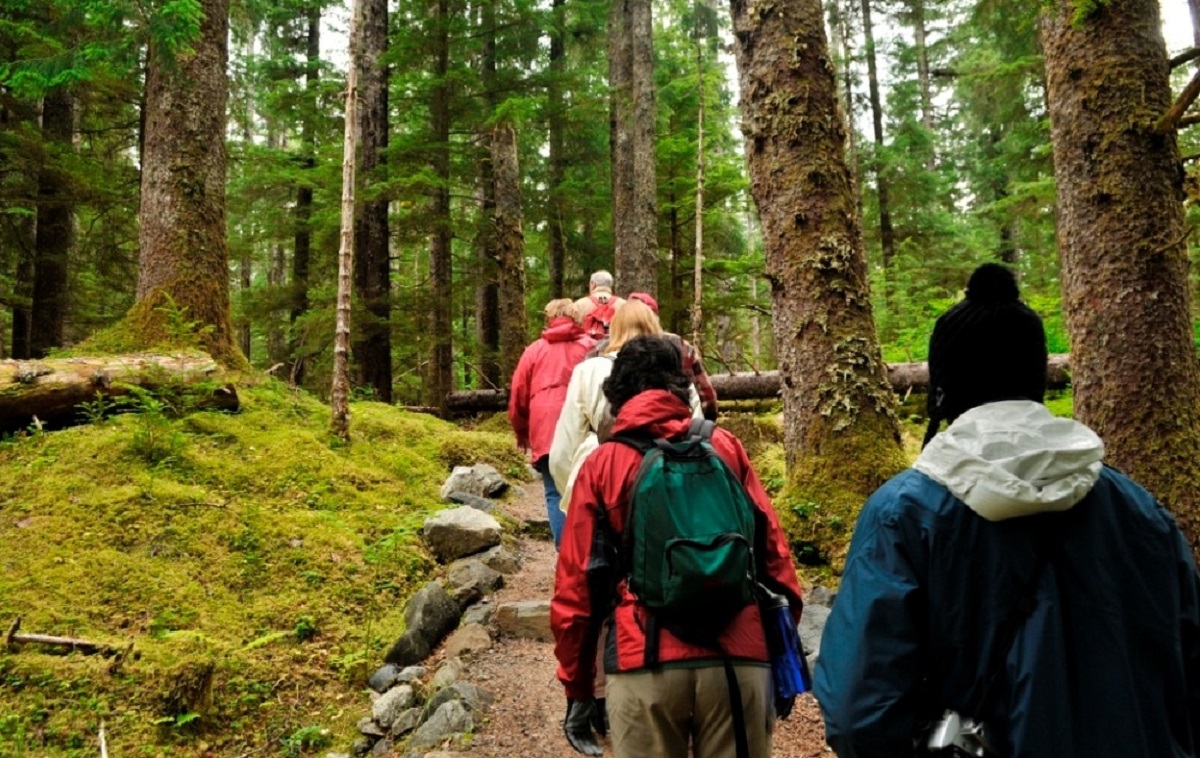I always tell people if I wasn’t a conservationist I would teach high school civics. Because I believe elections matter. The last few weeks have been a clear example of that. Day one has turned into week one and day two into week two. As we enter week three of the Biden-Harris administration, I do so inspired by our opportunity to prevent climate catastrophe, address the extinction crisis, build safe communities, and ensure every person can connect with nature
Already, the weight of the last four years is lightening. Among the first actions of the Biden administration were a slew of orders revoking Donald Trump’s anti-environmental rollbacks. Rollbacks to endangered and threatened species protections-- including the gutting of Endangered Species Act implementation, the stripping of protections for millions of acres of habitat for the northern spotted owl, the delisting of the gray wolf, and the weakening of the Migratory Bird Treaty Act are now under review.
So too are the Trump administration’s decision to shrink Bears Ears and Grand Staircase Escalante National Monuments in Utah, and weaken safeguards for Northeast Canyons and Seamounts Marine National Monument off the coast of New England.
Decisions to open up roadless areas in Alaska’s Tongass National Forest to logging are being reevaluated, providing hope once again that this forest, and others across the country, will remain carbon sinks, air and water purifiers, and recreation destinations.
These steps are vital to reverse the damage of the last administration. They’re also, as the Biden administration has realized, not enough to meet the scale of the public health, economic, climate, and extinction crises facing us. A second set of executive actions has shown that this administration is going all-in on tackling the climate crisis, and doing so in a way that leaves nobody behind.
Oil and gas operations in the Arctic National Wildlife Refuge, on public lands across the country, and off our coasts have been paused and existing leases and permits will be reviewed. The federal coal leasing program too has been paused for 60 days, and federal agencies have been directed to eliminate fossil fuel subsidies and to instead identify new opportunities to spur clean energy innovation. A new task force will coordinate investments and support for communities heavily dependent on fossil fuels through the economic transition, with an eye toward turning idled fossil fuel sites into economic generators.
Taken together, these actions make significant progress in addressing the almost 25 percent of US climate emissions that currently come from public lands. To make an even bigger dent in emissions, President Biden has also set a national goal of protecting 30 percent of our country’s lands and waters by 2030. That’s the minimum scientists say is necessary to ward off the worst of the climate and extinction crises. (Yes, President Biden is also returning to listening to scientists.) We will work with the Biden administration to ensure the conservation process is inclusive, recognizes Tribal sovereignty and Indigenous knowledge, and provides opportunities to increase outdoor equity. Public lands will play a key role in meeting the 30 percent goal, but private lands will also play a role. That’s why the administration is looking into how federal programs can encourage conservation and climate action on rural America’s private lands as well.
A new 21st-century Climate Corps will create jobs conserving and restoring public lands and waters, planting trees, and improving outdoor access. Prioritizing hiring from frontline communities and supporting projects in them will provde a much-needed economic boost while increasing access to the outdoors to the communities that need it most.
The early Biden-Harris actions are broad and encouraging, but they’re just the beginning. We have come together and demonstrated that civics works, that our voices can be heard. We are on the cusp of a more just and equitable conservation movement, one where all people are welcome and have access to the outdoors and all its benefits, and where the outdoors are part of a comprehensive climate solution. Now it’s up to us, together, to carry that vision into week four and beyond.
